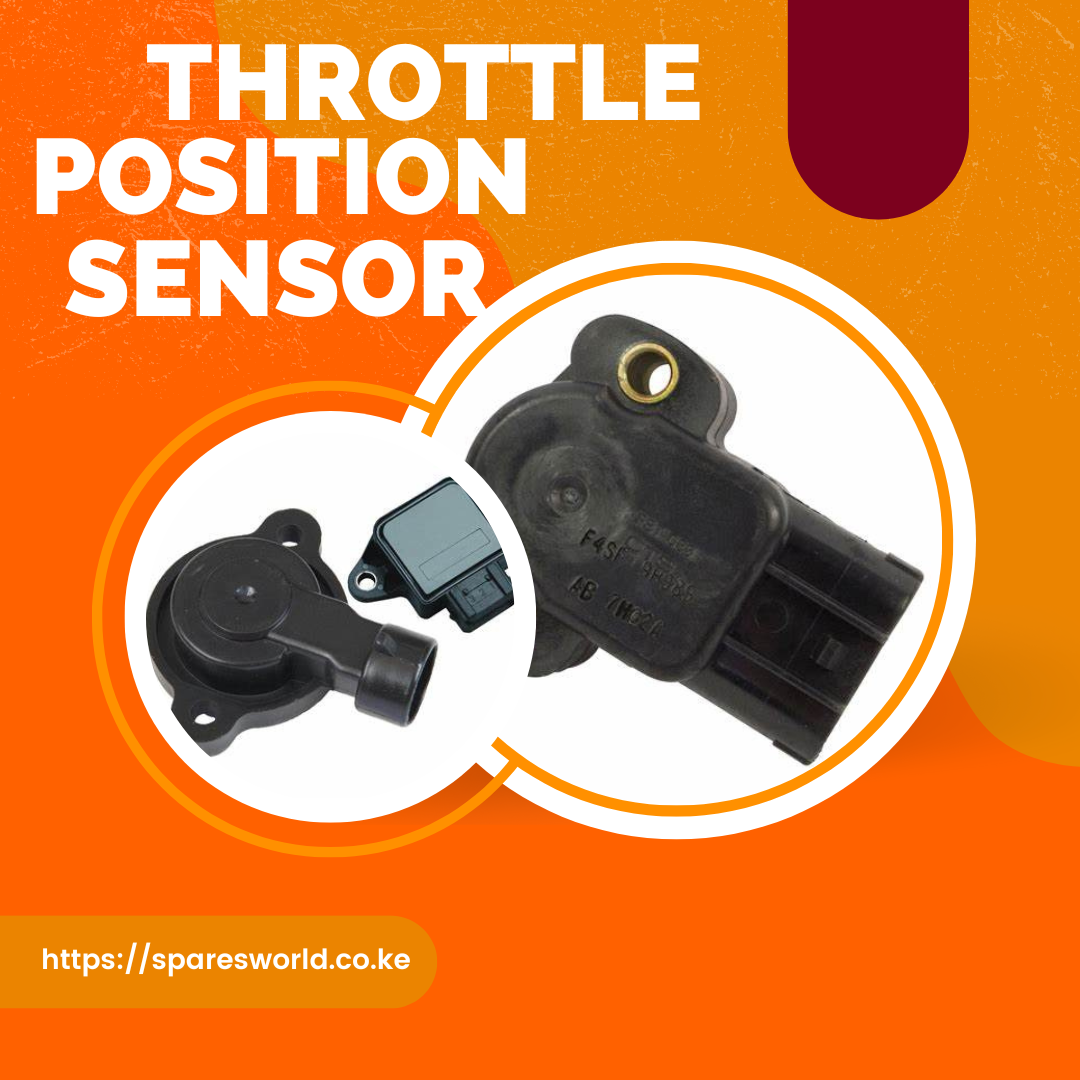Common Throttle Position Sensor Problems and How to Fix Them

Discover how to diagnose and repair common issues with your vehicle's throttle position sensor, ensuring smoother performance and enhanced fuel efficiency.
Understanding the Role of the Throttle Position Sensor in Your Vehicle
The throttle position sensor (TPS) plays a crucial role in your vehicle's engine management system. It monitors the position of the throttle valve, which regulates the amount of air entering the engine. The information from the TPS helps the engine control unit (ECU) adjust the fuel injection and ignition timing, ensuring optimal engine performance.
A malfunctioning TPS can lead to poor engine performance, reduced fuel efficiency, and increased emissions. Understanding its function can help you recognize when it might be causing issues in your vehicle.
Identifying Symptoms of Throttle Position Sensor Failures
Several symptoms can indicate a failing throttle position sensor. One common sign is erratic idling, where the engine's idle speed fluctuates unexpectedly. You might also experience poor acceleration or a noticeable delay when you press the gas pedal.
Other symptoms include engine stalling, especially at low speeds, and the Check Engine Light illuminating on your dashboard. If you notice any of these signs, it's essential to diagnose the problem promptly to avoid further damage.
Step-by-Step Guide to Diagnosing Throttle Position Sensor Issues
To diagnose TPS issues, start by checking the trouble codes using an OBD-II scanner. Codes related to the TPS typically start with 'P0120' through 'P0124.' These codes can provide a good starting point for identifying the problem.
Next, inspect the TPS and its wiring for any visible damage or loose connections. Use a multimeter to test the sensor's voltage and resistance. Compare the readings to the manufacturer's specifications to determine if the sensor is faulty.
How to Repair or Replace a Faulty Throttle Position Sensor
If your diagnosis confirms a faulty TPS, the next step is to replace it. Begin by disconnecting the negative battery terminal to ensure safety. Locate the TPS on the throttle body and unplug the electrical connector.
Remove the mounting screws or bolts holding the sensor in place, then install the new sensor by reversing the removal process. Reconnect the battery and clear any stored trouble codes using the OBD-II scanner. Finally, test drive your vehicle to ensure the problem is resolved.
Preventive Measures and Maintenance Tips for Your Throttle Position Sensor
Regular maintenance can help extend the lifespan of your TPS and prevent issues. Keep your throttle body clean, as dirt and grime can affect sensor performance. Periodically inspect the sensor and its wiring for any signs of wear or damage.
Additionally, use high-quality fuel and follow your vehicle's recommended maintenance schedule. These practices can help you avoid TPS problems and maintain optimal engine performance.

 Loading..
Loading..